How to Replace/Upgrade Laptop HDD with an SSD
Preparations Before Replace the Laptop HDD with an SSD
It is really easy to upgrade your laptop to SSD. Now let's see what you need to prepare before you start to replace your laptop HDD.
Suitable Tools.
It would be easy if you have easy access to your hard drive via a removable panel on the bottom of the laptop. If your laptop doesn't have this kind of easy access, you'll need to use specialized toolkits such as specialized screwdrivers, suction cups, pry tools, and tweezers.
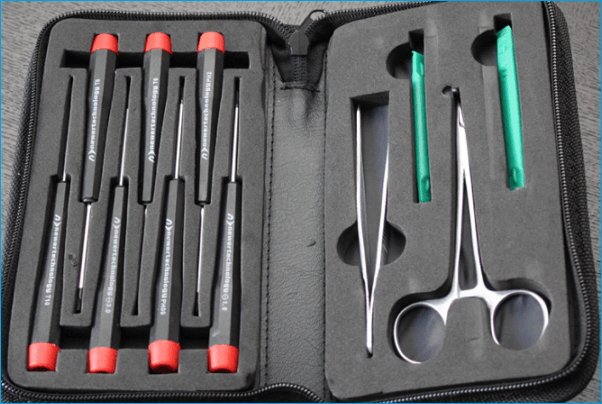
An SSD.
First, figure out what type of interface the drive in your laptop is compatible with (usually SATA or PCIe), and determine which form factor will fit (often 2.5-inch or the slim M.2). From there, it's up to you to balance price, performance, and size.
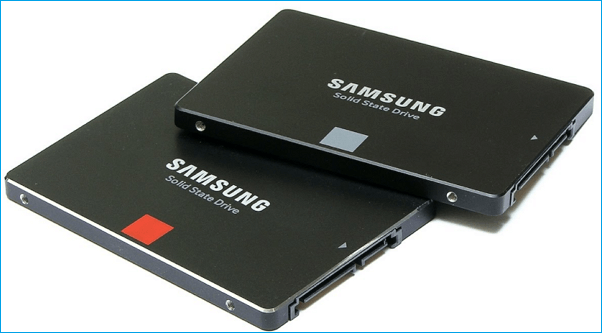
A Super Fast Disk Cloning Software.
You may wonder why you need a disk cloning software. You'd better backup your system or clone your disk before you replace the old disk to a new one because data loss happens every second.
Step-by-step Guide to Upgrade Laptop HDD to an SSD
1. Connect the SSD to Your Laptop
Physically connect the SSD. Place the SSD in the enclosure or connect it to the USB-to-SATA adapter, and then connect it to your laptop with the USB cable.
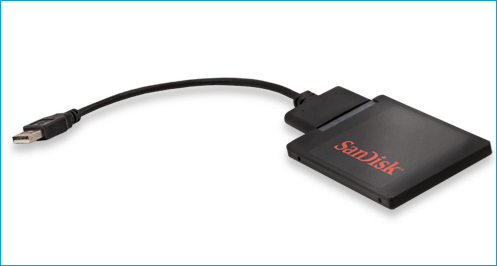
2. Clone Your Hard Drive
To simplify the process of cloning your laptop hard drive, you can save your time, energy and download this 100% secure disk cloning software - Qiling Disk Copy here now:
PS: This software is fully compatible with all Windows Operating Systems, which means that you can install it on any Windows computers or laptops for creating a disk image. Now follow the details below:
Prior Notice:
The "Sector by sector copy" asks the size of your destination disk to be at least equal to or larger than that of the source disk. Leave this feature unchecked if you wish to clone a larger hard disk to a smaller hard disk.
All data on the destination disk will be completely erased, so take care.
Step 1. To start copying/cloning an entire disk to another, and click "Disk/partition clone".
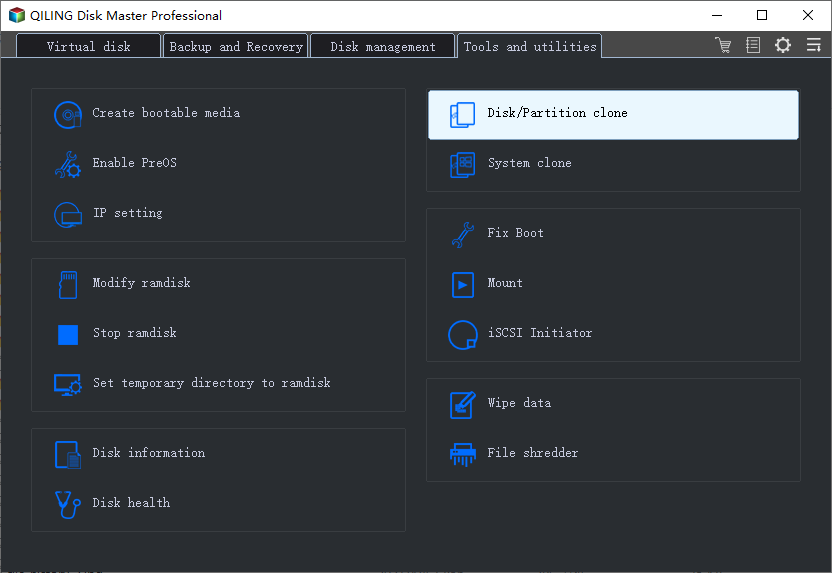
Step 2. choose this disk as the source disk and click "Next".
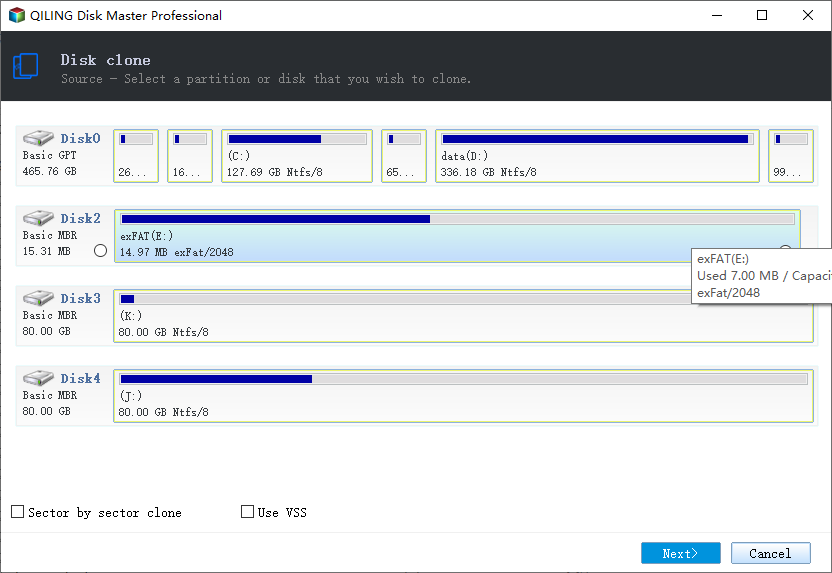
Step 3. Choose the other disk as the destination disk.
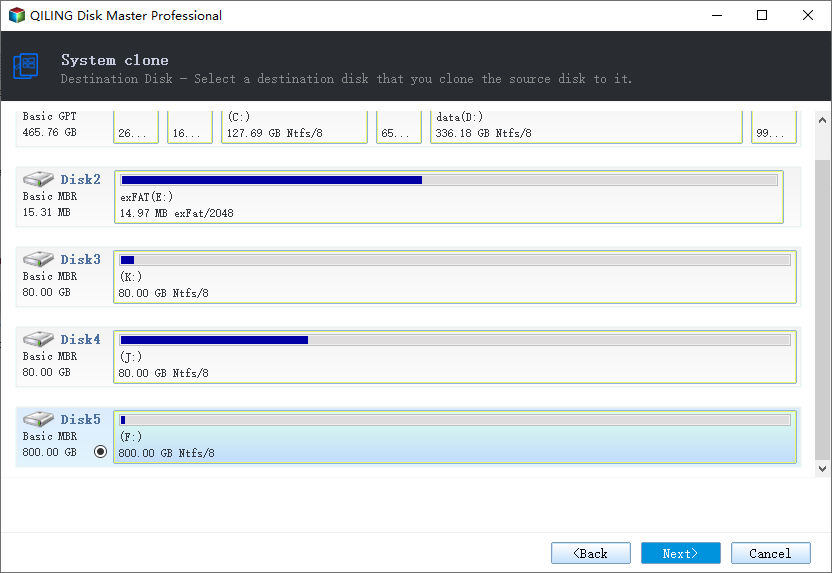
Step 4. Preview the disk layout after cloning. Finally, you can click "Proceed" to clone one hard drive to another with one click.
You can manage the disk layout of the destination disk by move the mouse to the edge of the partition and drag the partition to the size you want.
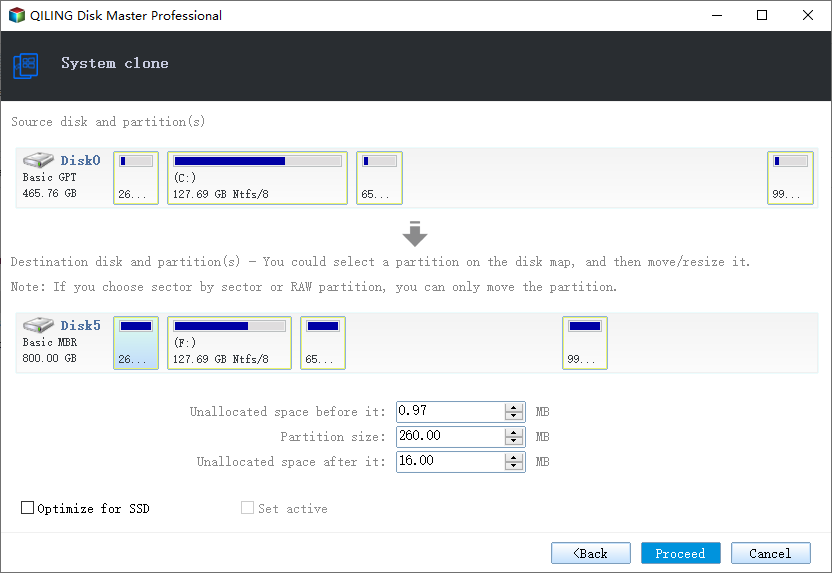
A message now appears, warning you that data will be lost. Please confirm this message by clicking "OK" and then click "Next".
Tips:
- The destination disk could be a hard disk or an SSD. It must have enough space.
- Optimize for SSD - If the destination disk is an SSD, checking this option will ensure sector alignment in the process.
- Sector by sector clone - A sector by sector clone ensures that the destination hard disk/partition is exactly the same as the source hard disk/partition. It will clone all the sectors if the option is checked, even if the sector is blank.
- Set Active - This option ensures that the cloned system disk is able to boot normally.
3. Physically Replace Your Laptop HDD with the SSD
Turn the computer off and remove the back panel.
Turn your laptop off and then disconnect both the power cable and any other connected cables -- including the SSD. Then unscrew the back panel and remove it to get access to your hard drive.
Use your tools to secure your drive to the laptop. You'll need to unscrew those before you can remove the drive.
Lift the old drive up about 30 or 45 degrees and pull it out. In its place, install the SSD and put the back panel on.
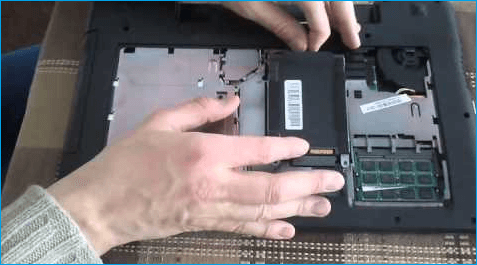
4. Boot Up with the SSD
The moment of truth: Turn your laptop on. If your laptop boots as normal and you see all of your programs and settings just the way they were before (except much faster), all went well.
Related Articles
- [Get it now!] Super Fast Disk Cloning/Copying Software
- How to Clone a Failing Hard Drive in Windows 10 Without Data Loss
- Free disk cloning software for Windows 10/8/7
- 2021 Tips | How to Create Bootable Clone of Windows 10/8/7 Disk to New HDD/SSD